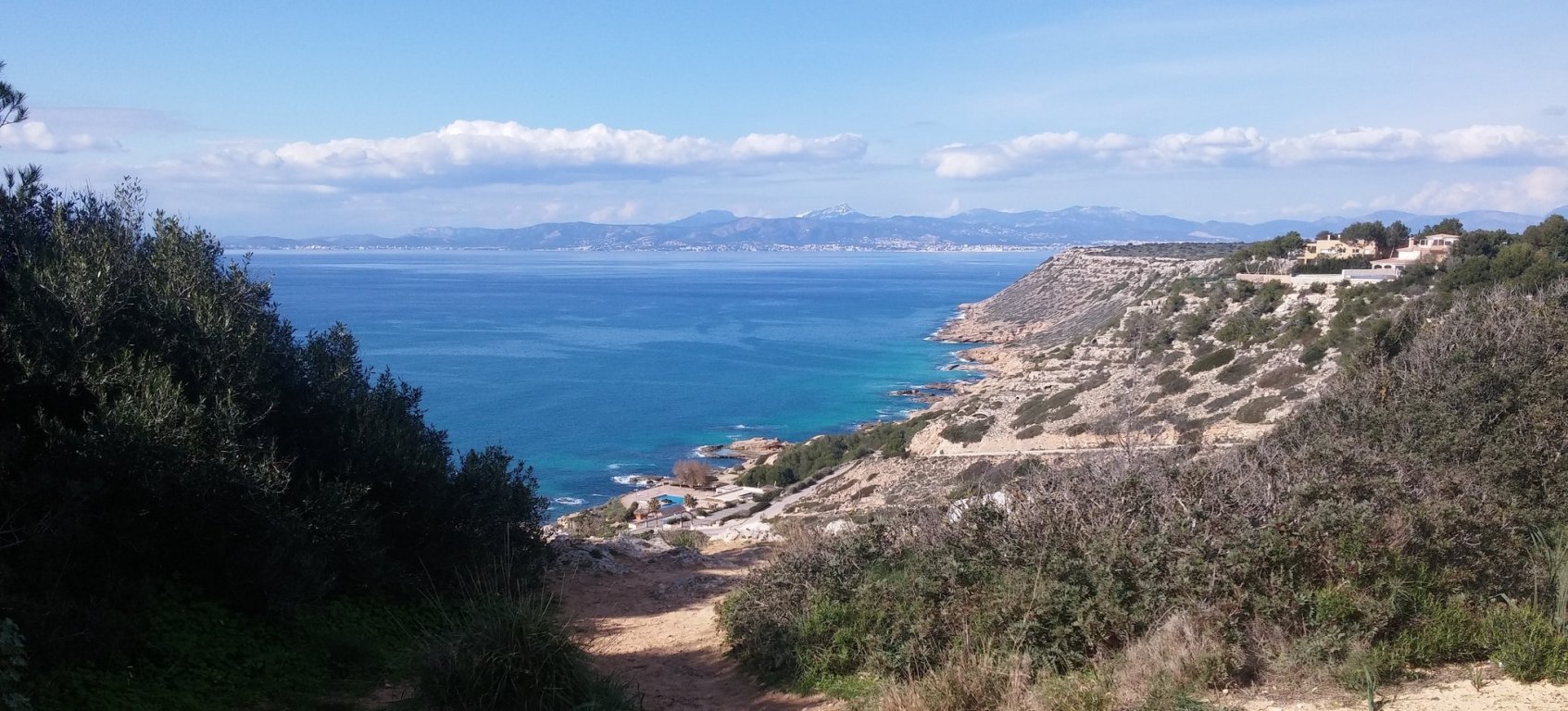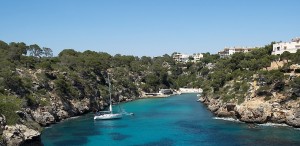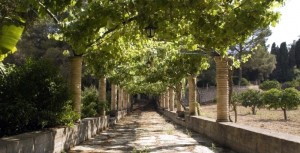Llucmajor is located in the south of Mallorca
Daily sunshine hours
The sunniest days in Llucmajor are in July which has the most hours of sunshine with an average 11 hours of sun per day, making it a very pleasant month with long bright days. The months from November to January have the least sunshine with average of 5 sunny hours per day and overcast at times.
Average day/night temperature
Weather in Llucmajor is typical of the Mediterranean climate with hot summers and mild winter period. The hottest months in Llucmajor are July and August when the highest average temperature is 28°C and average minimum temperature is 19°C. The coolest month is January when the average maximum temperature is 13°C and lowest temperature is 6°C.
Wind direction distribution during the year (%)
The windiest month in Llucmajor is March when the highest wind speed is 24kmh and the average wind speed is 10kmh. October is the least windy month with the maximum wind speed of 24kmh and the average wind speed of 8kmh.
Average sea temperature
The sea water temperature around Llucmajor differs considerably throughout the year. It ranges from 14°C in January up to 25°C in the month of August. The average yearly water temperature is 18.4°C and the best time for swimming and nautical activities is late summer, since Llucmajor is situated in the northern hemisphere.


